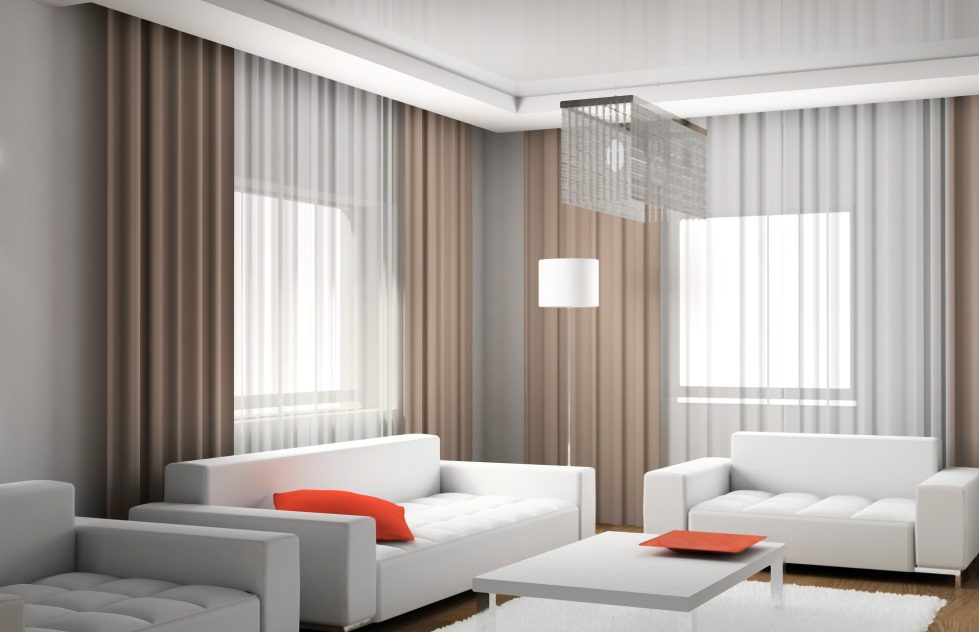Table Of Content

Unity is important because it makes users feel at ease while navigating your design. Everything appears to be in its proper place and there are no jarring elements that stand out in a negative way. There’s much debate over exactly how many principles of design exist. Some designers say 7, others 12, and still others somewhere in between. But when it comes to design principles, numbers aren’t the important thing.
Form a better life now.
There is a higher color contrast between the background color and foreground (text) color. Say there is an element with a light grey background and some dark grey text. Then, there is another element with the same background color, but there is some black text. Good contrast goes hand in hand with accessibility best practices and creating usable products and services for everyone. It's necassary to take into consideration people with visual impairments. There are two very different elements next to one another, but one catches the eye the most and demands your attention.
Principle 7: Balance
Even though there is nothing there, we can make up where his legs and body are based on the elements around him. Texture refers to the physical or visual surface of the design or artwork. It can be rough, smooth, hard, or soft to the touch or simply appear that way. Also known as brightness, value determines how light or dark colors are.
Follow a Style
Design principles are crucial as they provide a foundation for creating compelling, organized, and impactful visuals. They guide how elements interact, ensuring consistency, proximity, and visual hierarchy, as highlighted in this video with Frank Spillers, CEO of Experience Dynamics. Franks Spillers’ design checklist is an example of customized design principles for mobile user experience (UX) design.
This blog post is a comprehensive guide to understanding and applying the principles of design for effective visual compositions. It emphasizes the necessity of learning fundamental design principles for creating harmonious and aesthetically pleasing designs. Each principle is explained with a graphic to enhance understanding. The post also references Dieter Rams's ten principles of good design and other notable design principles. Unity and variety are two fundamental principles of graphic design that can help you create visually appealing and effective compositions.
OMA debuts PRINCIPLES Square collection for Perth Design Week - Archinect
OMA debuts PRINCIPLES Square collection for Perth Design Week.
Posted: Thu, 14 Mar 2024 07:00:00 GMT [source]
What are the 7 principles of design?
For example, when you’re reading a blog post you expect headings to be larger than the body text. Or if you were looking at a realistic drawing of a tortoise and a hare, you expect the hare to be larger than the tortoise. As Jared Spool, an expert on design and usability, says, “Good design, when it’s done well, becomes invisible.
Both unity and variety are essential for the overall balance of the design – principle #3. In this painting, the swirls of color in the sky carry the viewer’s gaze from left to right, which makes you feel like you’re experiencing the night breeze. But on a mechanical level, Van Gogh’s brush strokes create movement, too. Unlike a pattern, where one thing is repeated consistently throughout a design, repetition is the repeated use of certain elements, like color, shape, or font. If the goal of art is to communicate a message, then the fundamentals of design give critics a way of checking whether an art piece does so effectively.
What are principles of design?
In principles of design, you will stumble upon the terms ‘unity’ and ‘variety’ at some point in your journey. These are the two most important principles of design as both of the principles hold the composition together and influence the overall outlook of the work. Simply put, a good design is achieved by a balance of unity and variety. To create hierarchy and flow, designers use the principles of scaling, contrast, white space, repetition, and even more. Pattern uses a repeated arrangement of elements to create consistency and unity throughout.

The best designers can, to an extent, control which elements users focus on by placing them along the path of the most natural eye movement patterns. Use proportion to create visual interest by drawing the viewer’s eye to particular visual elements within your designs. The elements and principles of art and design are the foundation for creating a composition. The use of these principles can give structure and help you understand how other design pieces and artworks are built. It can help you determine whether a composition will be successful or determine the missing piece of the puzzle.
You know that feeling when you open a website and see a jumble of text and images? To create visual order, use your design to establish a hierarchy of elements. Shape is also a major part of any design, both in terms of specific shapes used as elements within the design, and the overall shape of the design itself. Different shapes can evoke different feelings, i.e circles are organic and fluid, while squares are more rigid and formal, and triangles give a sense of energy or movement.
In the example below, the diagonal lines aren't arranged in a specific pattern. The purpose is to create something that will stand out from the rest of the page. You can use different elements to highlight a specific part of your design, like lines, color, positive/negative relationships, and many more.
Responsible by Design: Five Principles for Generative AI in Financial Services - Bain & Company
Responsible by Design: Five Principles for Generative AI in Financial Services.
Posted: Fri, 21 Jul 2023 07:00:00 GMT [source]
If everything on your page looks like it has the same importance, then nothing appears important. You need to use visual cues to tell people what to pay attention to first, second, third, etc. When you look at a design composition from now on, think of these principles and how they are being applied. You'll be able to decode the most intricate designs and understand what's working and what's not.
Practically speaking, that means making sure that, say, the sections in your infographic take up space that’s appropriate to their importance. In this case, the striking photography in the background of the card should steal the show. But it actually carries the same weight as the name of the photographer — which stands out as the only large text on the front of the card. This business card template is an excellent example of how you can use proportion to shift the focus from an element that could be more dominant. They say variety is the spice of life — and it can also spice up a design! All the pages work well together rhythmically because there’s a pattern.
















